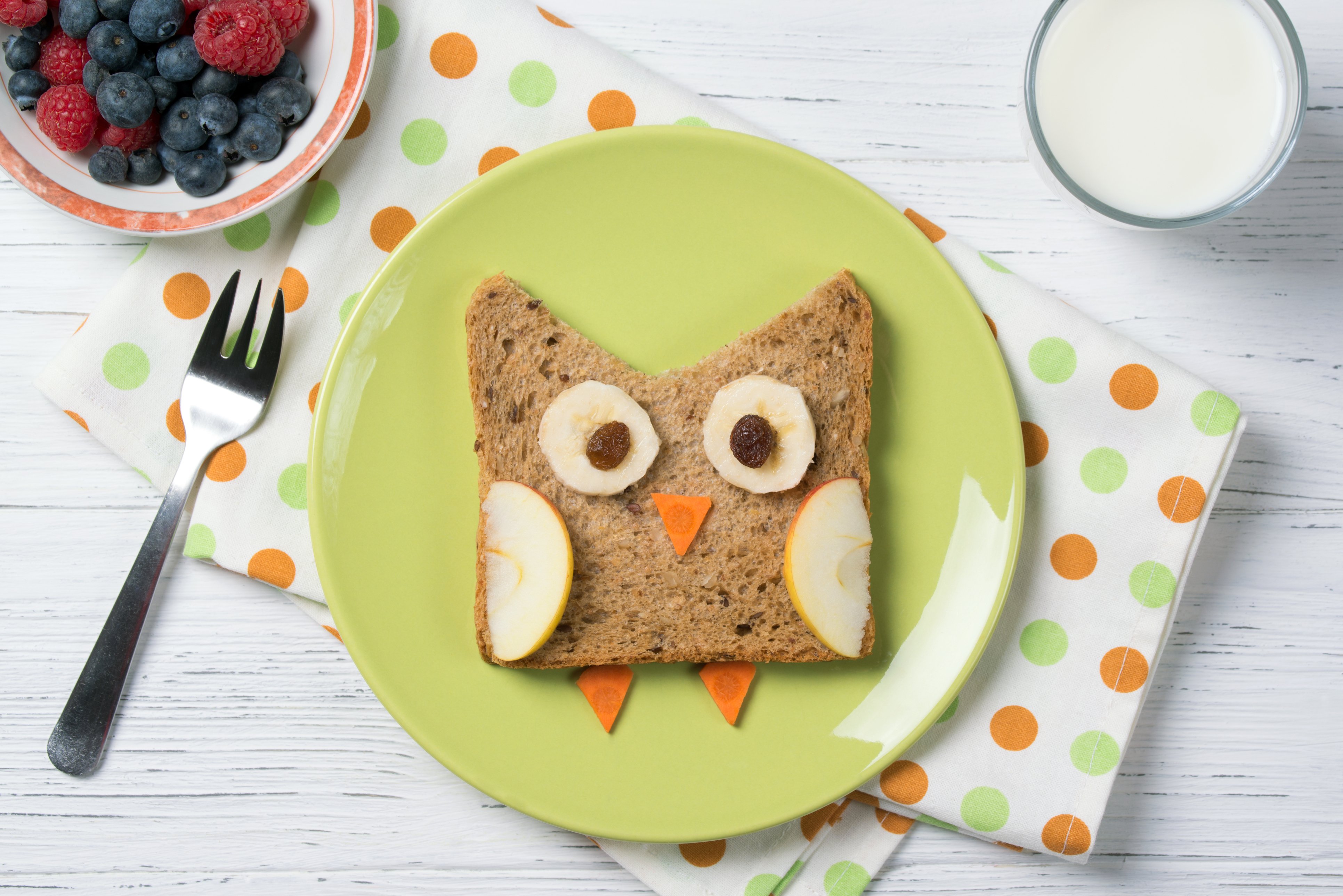Choking is one of the most preventable injuries and leading causes of death in toddlers. It is important for parents to learn choking first aid and to supervise children while they are eating.
Children under the age of three are at highest risk for airway obstruction (blockage of the tube from the mouth to the lungs). This is because their airway is very narrow and they are still learning about chewing and swallowing.
Common causes of choking
Food and latex balloons are the causes of most choking cases in Canada and the United States.
- Most food linked to choking is small, round or cylindrical. Examples include hot dogs, whole grapes, nuts and hard candy.
- Inflatable latex balloons, often used during children's birthday parties, are hazardous if children accidentally swallow them while trying to blow them up or choke on pieces if they burst.
Preventing choking on food
Foods to avoid in children under four years of age
- Hard candies, cough drops
- Chewing gum, gummy candies and chewable vitamins
- Peanuts
- Sunflower seeds
- Fish with bones
- Snacks on toothpicks or skewers
Foods that need special preparation
- Grapes - slice lengthwise
- Hot dogs and sausages - slice lengthwise
- Carrots and apples - finely chop or grate
- Chicken and fish - remove bones before serving
- Fruit - remove pits and seeds
Preventing choking on non-food objects
- Use a cardboard toilet paper roll to test if an object is small enough to be a choking hazard. If the object can pass through the roll, it can become a choking hazard.
- Be sure to throw away broken balloon pieces quickly. Mylar (foil) balloons are a safer option, as they break into smaller pieces that do not block a child’s airway.
- Always follow the age limits on toys—these are set based on safety requirements, not a child’s ability.
- Coins can also be a choking hazard. Keep purses and wallets out of a young child’s reach.
- Make sure all toys are in good working condition and don’t have pieces that could break off.
Tips to keep your child safe from choking
- Supervise your child during all meal and snack times.
- Do not let other children feed your child unless they are supervised closely.
- Sit at a table, encourage a relaxed, safe eating environment and have your child chew their food well before swallowing.
- Discourage your child from walking or running while eating.
- Cut potentially hazardous foods into smaller bite-sized pieces.
- Vacuum and sweep regularly to remove choking hazards in the home.
- Take care to remove any unsafe food or toys from your child's reach.
- Avoid using latex balloons. Use shiny foil or Mylar balloons instead.

